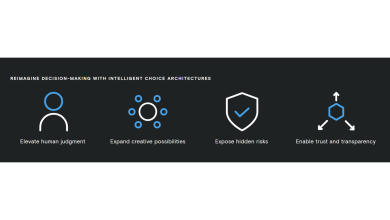
AI car insurance tools use artificial intelligence to automate and enhance various parts of the insurance process. They can provide personalised quotes, streamline claims, detect fraud, or even analyse driving habits through telematics for tailored premiums.
With so many tools available, comparing them ensures you find one that fits your needs.
This guide helps you break down what these tools offer and shows you how to evaluate them step by step for smarter decision making.
Understand What AI Car Insurance Tools Offer
With AI car insurance tools, you can automate and simplify processes. They could provide instant quotes, handle claims efficiently, or analyse driving data for tailored premiums. Some can even detect fraudulent activity or assess accident damage through photos.
When comparing tools, learn about their core functions. Are they built for policy recommendations? Claim management? Fraud detection? Understanding this ensures you know how each tool could benefit your specific needs before diving into further comparisons.
Compare the Range of Features Available
AI car insurance tools come with diverse features, so it’s important to see what each offers. Some provide instant quotes and policy comparisons, while others focus on streamlining claim processes or fraud detection.
Telematics is a key feature in many platforms. This technology tracks your driving habits—like speed, braking, and mileage—to personalise premiums based on actual behaviour.
So, if you’re considering getting car insurance in Ireland, for instance, you might like to choose a provider that offers lower rates for installing telematics devices like black boxes.
Comparing features helps identify which platform meets your needs for both convenience and functionality without overcomplicating things.
Evaluate How User-Friendly Each Tool Is
Ease of use can make or break an AI car insurance tool. Look for platforms with straightforward interfaces and clear instructions. A cluttered design or complex navigation could cause unnecessary frustration.
If telematics features are included, check how easily you can access your driving data. Some tools present it in easy-to-read dashboards, while others may bury the information.
Try demo versions where available. Are quotes quick to generate? Can claims be filed smoothly? A user-friendly experience ensures that you save time without needing to learn a complicated system firsthand.
Check for Data Privacy and Security Measures
AI car insurance tools rely on large amounts of personal data, from driving behaviour to claim history. Ensuring that this data stays secure should be a top priority when comparing platforms.
Investigate how the tool handles sensitive information. Does it comply with GDPR regulations in the UK? Are encryption and anonymisation used for added protection?
If telematics is involved, confirm who can access your driving data and how it’s stored.
A trustworthy platform provides clear policies about privacy, keeping your details safe while offering transparent control over what’s shared or tracked.
Look Into Real-World Customer Reviews or Case Studies
Hearing from others who’ve used the tool gives valuable insight. Read customer reviews to gauge satisfaction with features like claim processing, telematics accuracy, or user interface design.
Seek out detailed case studies if available. These often show how a platform performs in specific scenarios, such as fraud detection success rates or speeding up claims after accidents.
Pay attention to patterns in feedback. Are users praising reliability? Complaining about glitches?
Honest experiences help you understand how well a tool works beyond its advertised capabilities and whether it meets real-world expectations effectively.
Assess Integration With Existing Systems or Apps
Consider how well the AI tool fits into your current digital habits. Some platforms integrate seamlessly with insurance apps, mobile banking, or telematics devices you already use.
Check compatibility with features like smartphone-based claims filing or in-car telematics systems that track driving data.
A tool should complement your setup rather than requiring extensive adjustments.
For businesses, ensure it integrates smoothly with CRM systems or fleet management software if needed.
Strong integration reduces effort and creates a streamlined experience by connecting all relevant tools under one system effectively.
The Bottom Line
Comparing AI car insurance tools ensures you find the right fit for your needs. Focus on features, usability, privacy, and reviews to confidently choose a platform that simplifies and benefits you.
With the right tool, managing your car insurance becomes easier, smarter, and tailored to you.




